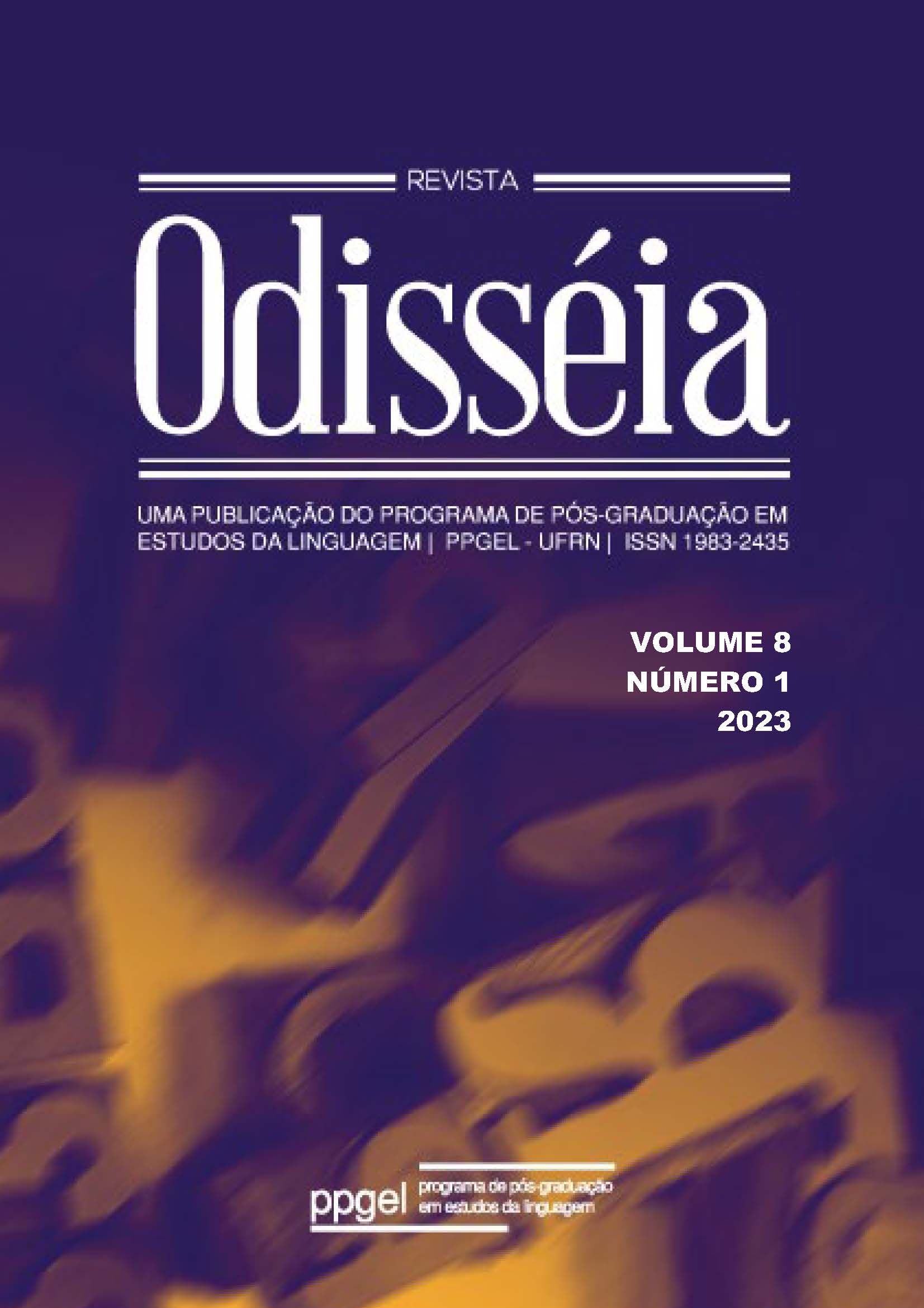O jogo mimético na Odisseia, de Homero, e em A odisseia de Penélope, de Margaret Atwood
DOI :
https://doi.org/10.21680/1983-2435.2023v8n1ID31456Mots-clés :
Mímese, Odisseia, Penélope, VerossimilhançaRésumé
Este artigo traz uma análise comparativa entre a Odisseia (2011), de Homero, e A odisseia de Penélope (2020), de Margaret Atwood, no que se refere à importância da mímese e da verossimilhança através de Penélope. O trabalho analisa um entrelugar, suspenso pelo não dito que, sob o olhar da autora, desvela aspectos do texto homérico, enfocando, agora, não mais Ulisses, mas Penélope. A discussão é amparada à luz das teorias de Carvalhal (1991), Carreira (2008), Renaux (2009) e Castro e Oliveira (2017). Desse modo, nota-se que Penélope, na obra moderna, ganha voz no enredo e, portanto, suas ações são elevadas ao primeiro plano, o que outrora lhe fora negado na Odisseia, de Homero. Assim, este estudo possibilita pensar a literatura a partir de seu contexto representado nas obras e a função social que elas exerceram/exercem para a sociedade.
Téléchargements
Téléchargements
Publié-e
Comment citer
Numéro
Rubrique
Licence
© Revue Odisseia 2023

Cette œuvre est sous licence Creative Commons Attribution - Pas d'Utilisation Commerciale - Partage dans les Mêmes Conditions 4.0 International.

Este trabalho foi licenciado com uma Licença http://creativecommons.org/licenses/by-nc-sa/4.0

















